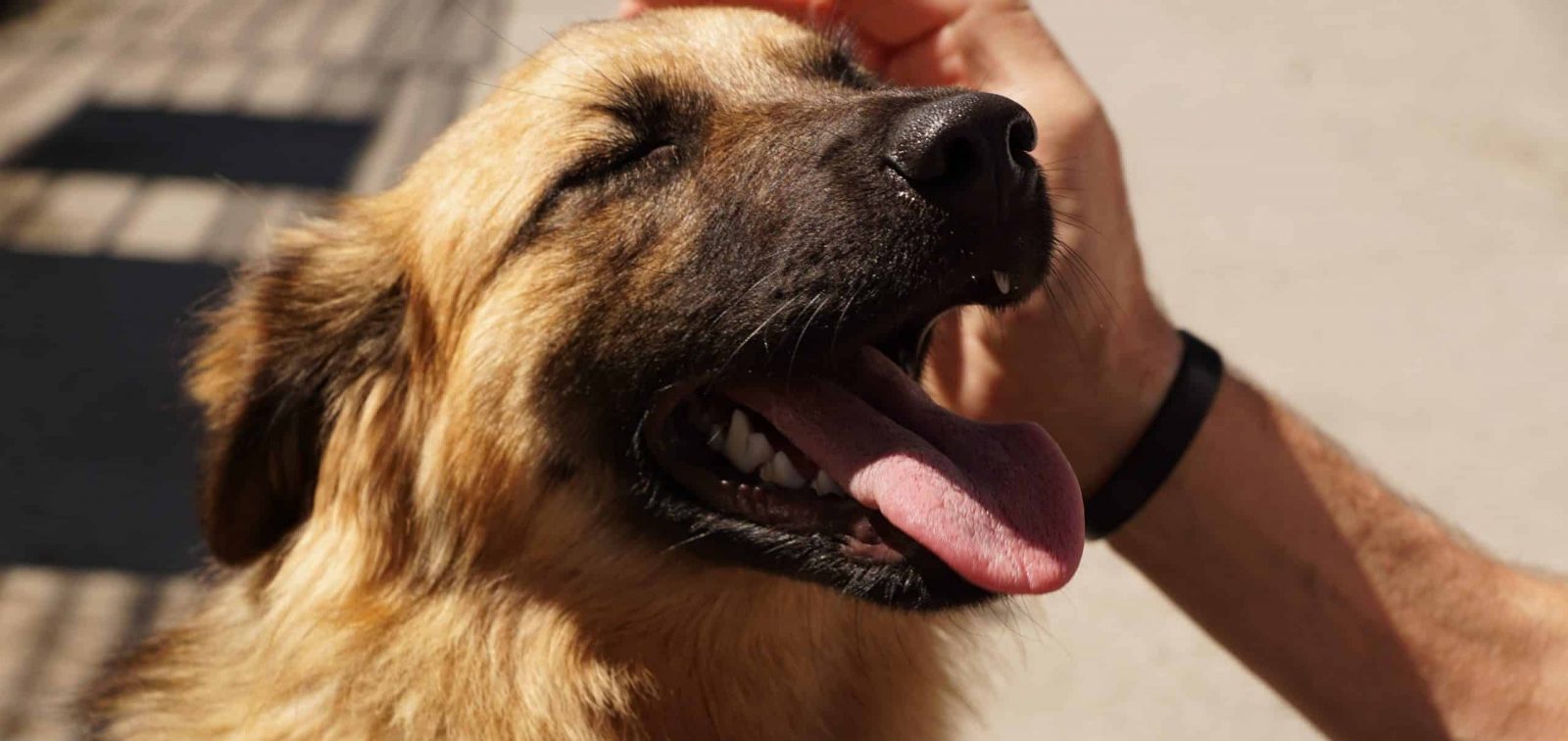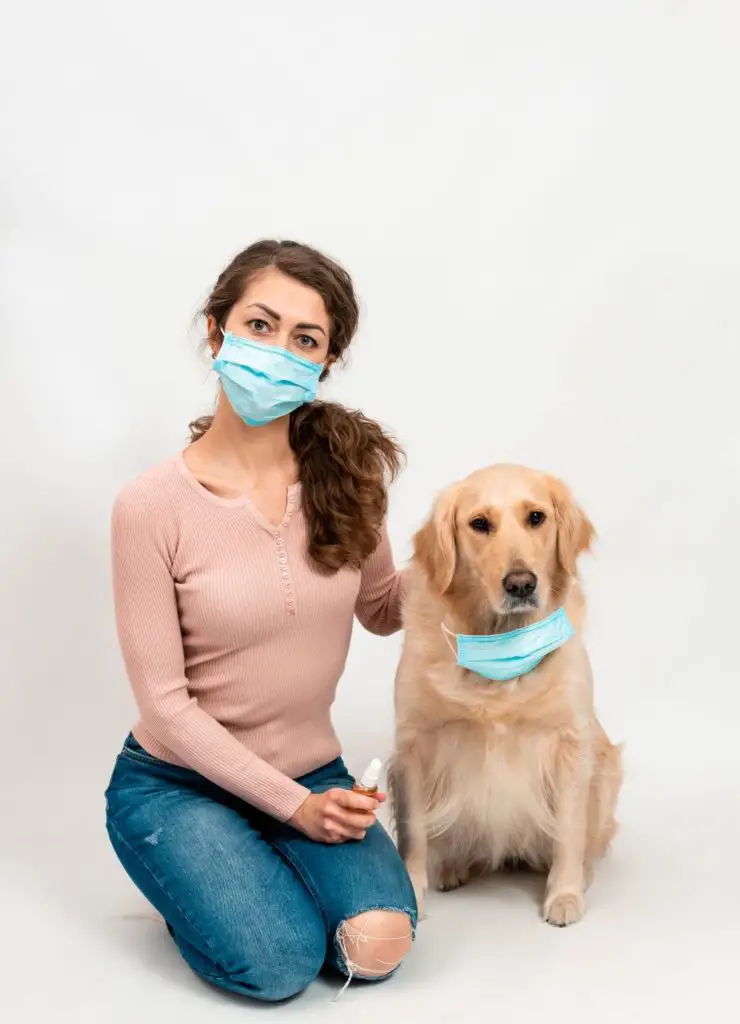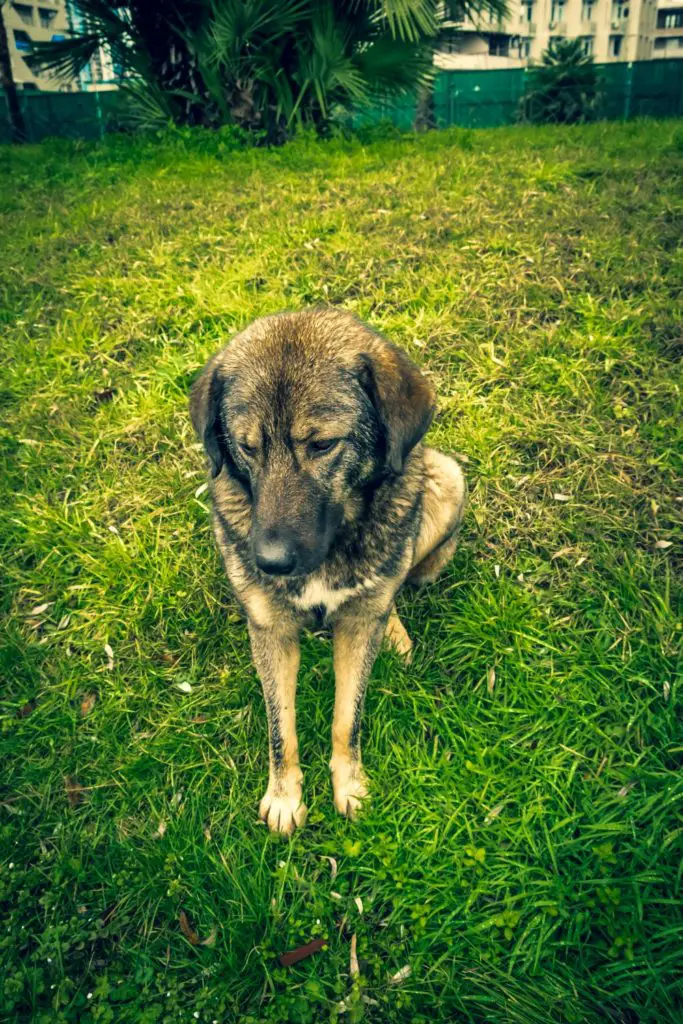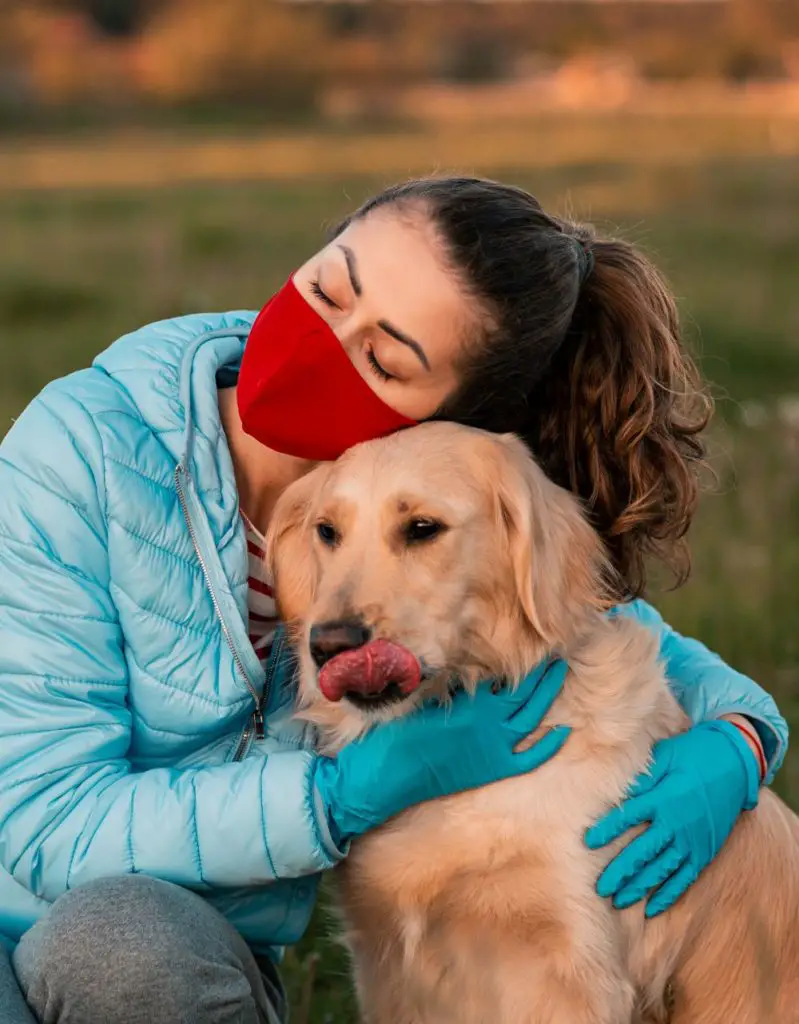What Are the Signs Of Respiratory Distress in a Dog
What are the signs of respiratory distress in a dog? Respiratory distress among dogs will manifest as labored breathing, coughing, nasal discharge, and fever. Most of the time, dogs suffering from respiratory distress will also exhibit blue-gray colored gums and crackling noise while breathing. Take note that this condition is dangerous and must be given immediate medical attention.
What is respiratory distress in dogs?
Respiratory distress happens when a dog is exposed to heat or vigorous exertion for long periods. It can be mild or acute, the latter being called ‘shock lung.’ Also, dogs that are at the onset of heatstroke will experience respiratory distress.


Brachycephalic or flat-faced dogs are more prone to respiratory distress due to their shorter snouts. Even a brief exposure to direct sunlight will trigger respiratory distress among these canines. Some of these breeds include Pugs, Bulldogs, Shih Tzus, Pitbulls, and so on.
Also, small breeds like Cavalier King Charles Spaniel and Chihuahuas can suffer from respiratory distress since they have lower lungs. These breeds shouldn’t be exposed to excessive physical stimulation as well as heat.
Aside from that, respiratory distress in a dog can happen due to trauma. Blunt force can injure the respiratory tract and can cause aggravated pain.
You should also note that dogs that have been previously diagnosed with asthma and other respiratory problems can suffer from recurring respiratory distress.
Still, short-term respiratory distress among dogs shouldn’t be mistaken with its severe form called Acute Respiratory Distress Syndrome (ARDS). ARDS is life-threatening and has a poor prognosis.
ARDS is the complication of other systemic diseases. It could be pneumonia, pancreatitis, sepsis, and inhalation of foreign matter. Also, dogs that almost drowned may succumb to this condition, much so if not treated right away.
Signs of respiratory distress in dogs
Respiratory distress in dogs will always affect their breathing. Here are some of the symptoms you should watch out for on your dog:

- Labored breathing
- Unwillingness to move
- Discolored gums
- Coughing
- Nasal discharge
- Drooling
- Lethargy
Some dogs will also suffer from fever and other adverse symptoms. No matter how mild or severe the respiratory distress is, you must seek medical help for your dog right away. If you suspect that your pooch has this condition, you must bring it to the vet’s clinic as soon as possible.
How to treat respiratory distress among dogs
The very first thing that the vet will do is examine your dog. It’s essential to identify what’s causing respiratory distress so the veterinarian can provide the right treatment.
Generally, the vet will do this to stabilize your dog’s condition:
- Oxygen administration. Before anything else, the vet will secure your dog’s airway. This will prevent the lungs from collapsing and killing the pooch. Depending on the condition, the oxygen can be administered through a traditional mask or via intubation.
- Cooling. If the cause of respiratory distress is heatstroke, it’s essential to cool the dog down. This will allow heat to escape the airway to relax it even more. Cooling will be done carefully to prevent hypothermia. please read here how to keep a dog cool inside the house
- Sedation. If necessary, the vet will also administer a sedative to calm your dog further.
Once your dog is stable, the vet will proceed to diagnostics. The upper respiratory examination will be conducted to rule out tracheal disease or any related conditions. It will include the following tests:
- Blood analysis. This is one of the most common tests across vet procedures. For respiratory distress, this is necessary to examine blood gasses.
- Respiratory fluid analysis. The vet will take samples of your dog’s nasal discharge to identify if it has any infection.
- Imaging. Thoracic radiographs, echocardiography, ultrasound, and so on will be conducted to check your dog’s lungs and airway from the inside.
- Fluoroscopy. This is done to detect upper airway collapse that radiographs may not spot.
- Drug trials. The vet will also try using several medications to see, which will work best for your dog.
If your dog suffers from acute respiratory distress, the vet will ask the pooch to be admitted to intensive care. Your pet might be kept in strict confinement to prevent further infections or respiratory distress.
Unfortunately, the mortality rate of ARDS is close to 100%. Even humans that suffer from ARDS have a poor prognosis and a mere survival rate of 50%.
Take note that this is only for acute respiratory distress. If your dog suffered from heatstroke and has no underlying conditions, it has very high chances of surviving.
How can I help my dog with respiratory distress?
If your dog is suffering from the symptoms of respiratory distress, you can do the following to ease its condition. Remember that bringing the dog to the vet is still necessary for a thorough examination and proper treatment:
- Cooldown your dog
Once your dog exhibits signs of respiratory distress secondary to heatstroke, you must cool it down. Bring the dog to a cool spot and douse it with cool water.

Remember, cool, NOT cold because the latter will cause hypothermia. After that, give your dog fresh water to drink.
- Follow the vet’s prescriptions
Once your dog gets discharged from the vet’s clinic, make sure that you follow all the prescriptions and needed care. This will ensure that your pooch will have a full recovery.
- Keep the away from smoke or fumes
Regardless of your dog is suffering from respiratory distress or not, you must keep it away from smoke or fumes that may trigger breathing problems. Such fumes might be toxic and cause irreversible damage to your dog’s body.
- Don’t self-medicate your dog
Most of all, never self-medicate your dog. Although doing first aid treatment is necessary to stabilize your dog’s condition, you should still bring it to the vet. Remember that nothing beats proper diagnosis and treatment. please read here how to keep a dog inactive during heartworm treatment
- Don’t force your dog to exert
If your dog is already breathing heavily, don’t force it to walk to the car. Carry the pooch so it wouldn’t have to exert and make its breathing more difficult. Why does my dog sound like it has asthma?
If your dog is wheezing, experiencing breathing difficulties, and other related symptoms, it might be suffering from respiratory distress. It may seem like your dog is having an asthma attack, when in fact its airway is already collapsing. You must bring your dog to the vet right away.
However, if it’s the summer season and you’re living in a place with increased pollen levels in the air, it might be a sign of allergy in your dog. But if you’re unsure, you can always consult with your dog’s vet.
Why does my dog keep coughing like he’s choking?
If your dog is exhibiting these symptoms, it might be suffering from tracheobronchitis. This condition involves the sudden swelling of the trachea as well as the bronchial airways. It may also cause respiratory distress among canines. To cure this condition, the vet needs to diagnose and treat the underlying condition causing it. Most of the time, medication, rest, and proper care will help your dog recover.
How do you know if your dog has a respiratory infection?
Most upper respiratory infections share similar symptoms like labored breathing, sneezing, snorting, and nasal discharge. If your dog exhibits any of these, it’s best to consult with the vet. Although vet checks will cost a fee, being proactive will save you more from hefty vet fees when your dog’s condition worsens without proper treatment. please read here why dose my dog snort a pig.

Remember that respiratory infections among dogs are contagious to other canines. If you have multiple pooches at home, it’s best to separate the infected one until it recovers fully.
Conclusion
What are the signs of respiratory distress in a dog? Some of it includes labored breathing, weakness, nasal and eye discharge, and more. It’s essential to bring the pooch to the vet immediately as respiratory distress can take a deadly turn in just a matter of hours.
